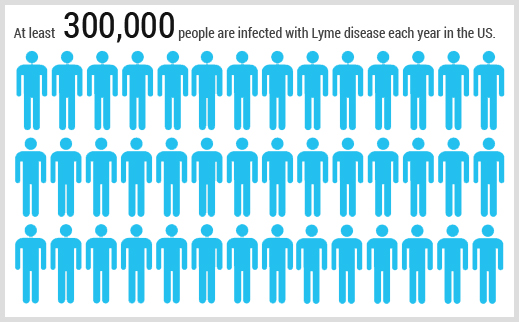Lyme Disease
Lyme Disease
Lyme disease - a controversial topic
The treatment for chronic Lyme disease is a controversial topic. Physicians who adhere to the International Lyme and Associated Diseases Society (ILADS) treatment guidelines believe symptoms are due to an active infection and should be treated with antibiotics beyond an arbitrary 30-day period.
Lyme Treatment - ILADS vs IDSA guidelines

Lyme Disease Treatment
Different Points of View
Typically, there is no objective way of determining if the Borrelia burdorferi infection is active in symptomatic patients. And so, when evidence is uncertain and controversy exists, it is critical for the medical community to be able to evaluate conflicting positions – those of ILADS and IDSA.
Only by airing these different points of view will the medical and scientific community reach a better understanding of controversial topics such as treatment of chronic Lyme disease. Meanwhile, physicians must be able to exercise their clinical judgment and patients should be provided with treatment options.
─ Dr. Daniel Cameron NBC News, 3/10/11
More About Lyme Disease
Learn More
Learn More
Learn More



